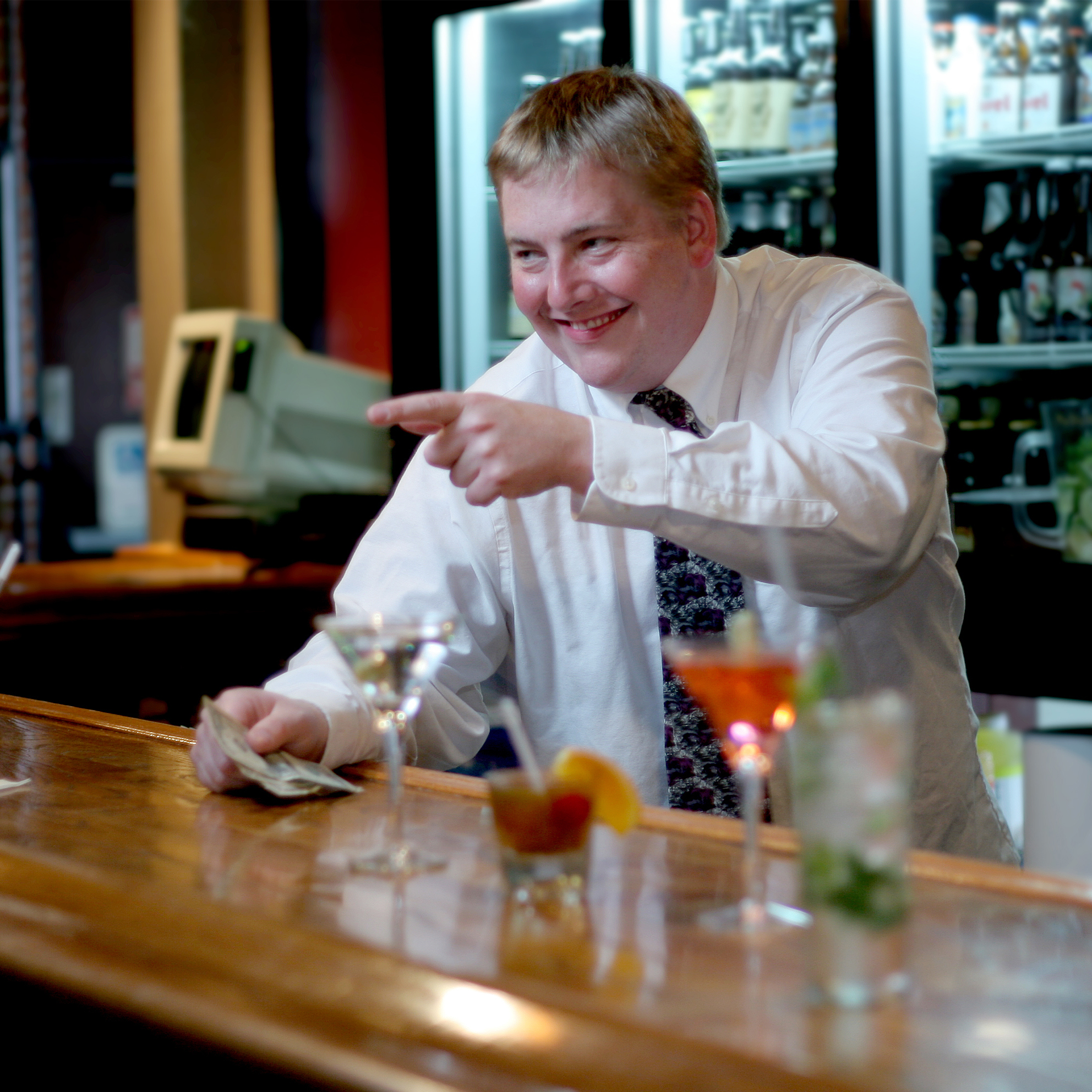Pickers Are Choosy When Liquor’s Involved
|

Enablers. Property and Casualty insurers are, in essence, enablers. While, in most circumstances, that’s undesirable, this is not the case with insurers. Okay, we were trying to make a cool point, specifically that the insurance sector makes it possible for businesses to operate in confidence that they can weather losses. It is more accurate to say that the sector is a facilitator.
However, insurance is also a business that must keep an eye on both inflows and outflows in order to remain viable. A part of that effort is to scrutinize and manage the businesses that it protects. Businesses vary widely regarding their accompanying exposures. Routine, predictable exposures are manageable; others are far riskier, such as those that serve liquor.
In one case, litigation was triggered by a tragic, fatal occurrence. Two patrons at a bar were in an argument, actually a fight, and one ended up dead. The family who lost a loved one sued the bar on a couple of legal grounds. In the end, the family’s hoped-for recovery was minimal because of how the policy was issued.
Please click here for more details.
|
| |
Limiting Liquor-Fueled Liability
|

A large exposure to loss for nearly all businesses involve injuries to customers and other visitors to their premises. This is accounted for via regular rates established by insurers. There’s something a bit different for certain businesses, such as those serving alcohol. The loss exposure related to their visitors/customer is much higher, both due to what may happen to them and due to what visitors/customers may do.
The exposure can be dealt with in traditional ways: charge more, more declinations, exclude coverage of limit coverage. In this case, the bar’s insurer provided high limits to handle routine premises exposures. However, a much lower coverage amount was available to respond to losses involving assault & battery.
This was, without question, a problem for the deceased’s family seeking damages, but the use of the limitation was likely the only way the insurer may have accepted the bar’s business.
For a view of exposures typically presented by businesses that serve liquor, click on this information excerpted from Coverages Applicable available in Advantage Plus.
|
| |
Belly Up to the Underwriting Bar
|

It is unfortunate when losses can’t be addressed with coverage (or sufficient coverage). However, it would be far more unfortunate if insurers reduced or eliminated available coverage to classes of businesses because they failed to properly perform their job of underwriting.
Insurers are like other commercial operations. They usually operate with the goal of making profits and maintaining their viability. No one is served by businesses that do a poor job. Insurers have a finite pool of financial resources to write and service their policyholders. Those resources are formed from acceptance of premium (as well as investments and subrogation). The premiums must be sufficient to handle losses and to pay for operating expenses.
Premium sufficiency is, originally, determined by pricing. However, odd as it sounds, proper pricing is a function of proper underwriting. How? If underwriting fails to identify businesses that match the type of businesses that are intended, pricing is undermined.
Click here to review an article discussing some aspects of evaluating operations that serve alcohol. It is from the Liquor Liability Coverage section of PF&M found in Advantage Plus.
|
| |
Cliched Knowledge Is Still Valuable
|

Most of us dislike hearing cliches and certainly avoid using them. PSA: phrases tend to become cliches because, often, they prove to be useful, accurate nuggets of knowledge. So, we share a cliché. Insurance is just one of the tools of risk management. Hopefully that wasn’t painful to hear. We suspect that you already agree with the statement’s truth.
Money can’t always be thrown at sources of loss. This is quite true with individual businesses or classes that are vulnerable to greater loss frequency and severity. As in the case we featured, bars can have more control over what happens on their premises. Naturally, how well they monitor situations that may erupt into physical violence and monitor the level of inebriation of customers are key areas to help minimize chances for liability losses.
Surveys of such businesses are an excellent way to dig into the efforts they use to maintain safety and control. Training of bartending and wait staff is critical as well as the establishment’s security measures. Finding out as much information as is available can be quite valuable in determining if an establishment that serves liquor embraces the challenge to manage their loss exposures.
Click here to see an excerpt of questions that assist in evaluating alcohol-serving businesses. It is from the Commercial Lines Survey, another valuable product that is found in Advantage Plus.
|
| |
|
|
|